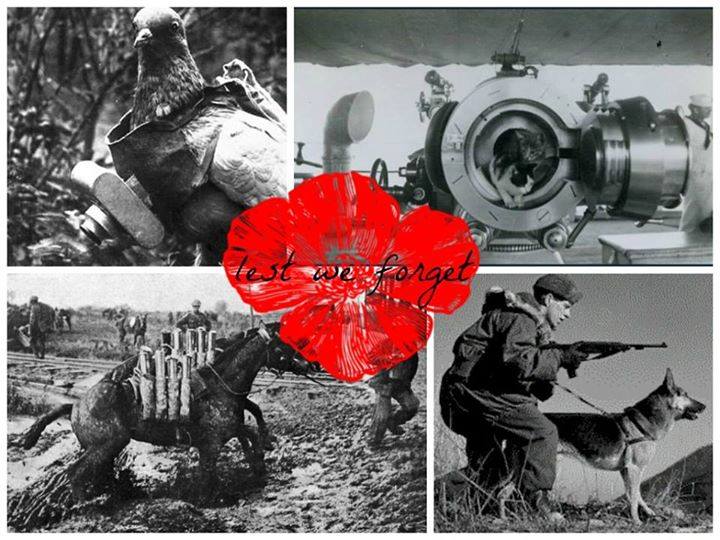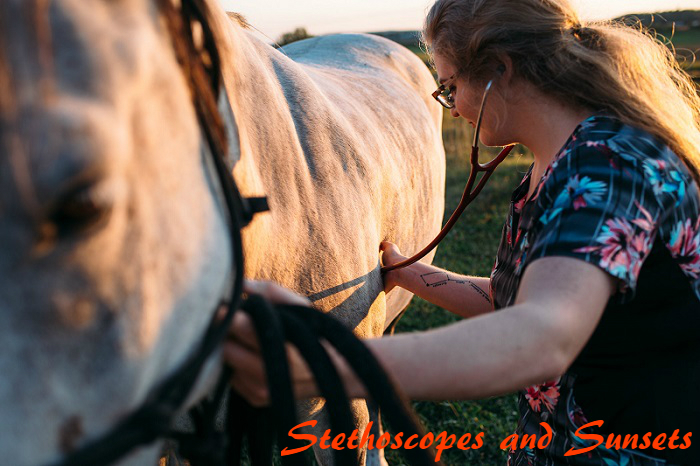
Recall: they did not offer.
Recall: they did as they were asked
hoofbeats in the dust, dragging heavy burdens
the noiseless tread of swift paws, nosing among brush
for mines, the beat of wings below the clouds
passing messages where no one else could,
returning bloody and battered
or not at all–Recall: they did as they were told
ran beneath the cannonfire, into the guns
to bring back the wounded or stand at their side
until help could be found, carried their riders without question,
bore loads too great for any others through mud, rain, snow,
until they too, had fallen–Recall: they gave all they had
in body and soul, saved countless thousands
who in turn would save thousands more, recall
the love in a dog’s eyes and a gentle tongue when all else seemed lost,
the rusty purr, the softness of feathers,
the sweet scent of a horse’s breath–Recall: they did not offer
but were asked, and told, and gave all in return
for us, a sacrifice that we might know peace,
recall: the animals of war, who gave and gave again,
who never questioned why.
From elephants immortalized in 1100 BC by Sanskrit hymns and the Molussus dog bred for combat and guard work, to the mine-seeking dolphins and explosive-detecting rats of today, animals both domestic and wild have always been used extensively in warfare. Dogs and horses in particular have played a huge part in combat since their domestication, with dogs acting as combatants, messengers, retrievers, bomb-sniffers, scouts, trackers, and pack animals among other duties and horses, ponies, donkeys, and mules acting as pack animals, transport, and occasionally combatants (horses used for mounted warfare were often trained to kick, bite, and trample their enemies). Pigeons were used as messengers, aerial photographers, and briefly as homing devices for bombs, trained to peck a target to keep the explosive on the correct track. Oxen and camels are both used as pack animals and transportation particularly in rough or sandy terrain. A discontinued US military project known as Project X-Ray ran from 1942 to 1944, attaching incendiary bombs to hibernating bats in the hopes that, upon launch over the target area, the bats would then flock to structures to roost and annihilate them when the explosives detonated. In more modern times, donkeys have been laden with explosives and used as suicide bombers.
When we read and learn about animals used in warfare, both historically and currently, I feel that it’s important to remember that these animals have no concept of why they are fighting. They do not understand politics, borders, complex socioeconomic factors that lead to war. The domestic animals do what they do because they have been trained to it, because they are loyal to their handlers, because they have a deep desire to please and to work, because as far as they understand this is simply how the world works. As with any working animal I do believe that they take satisfaction in their work and that the positive reinforcement of a job well done and a reward given brings them pleasure, but this does not take away from the fact that they have no stake in these conflicts.
We have a responsibility to them. We must ensure their quality of life, their happiness, their safety wherever possible. If we do not choose to stop their use (and indeed it must be said that their use has saved uncountable human lives), then we must choose to be their protectors. We must ensure that they are not thrown away when their usefulness ends, that those who do not take to the work are not discarded like trash, and that those who sacrifice their lives in the name of a cause they will never and can never understand are remembered.
Lest we forget.
